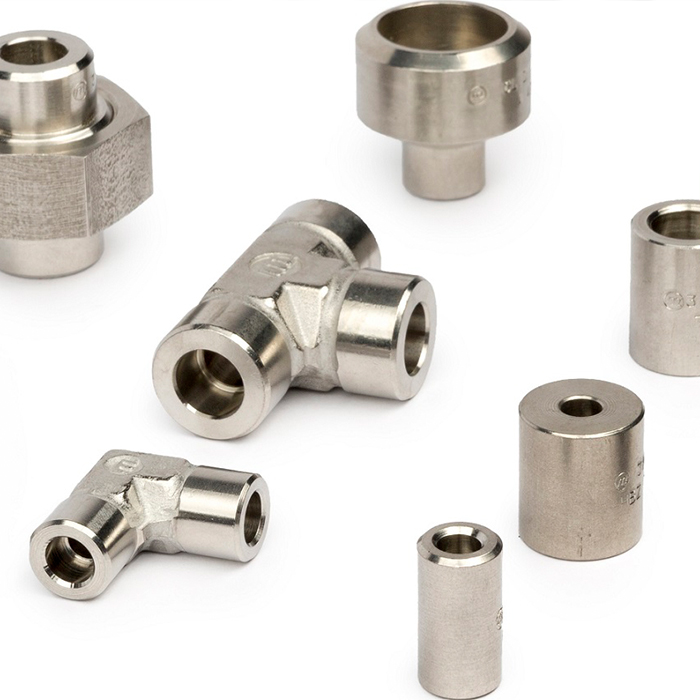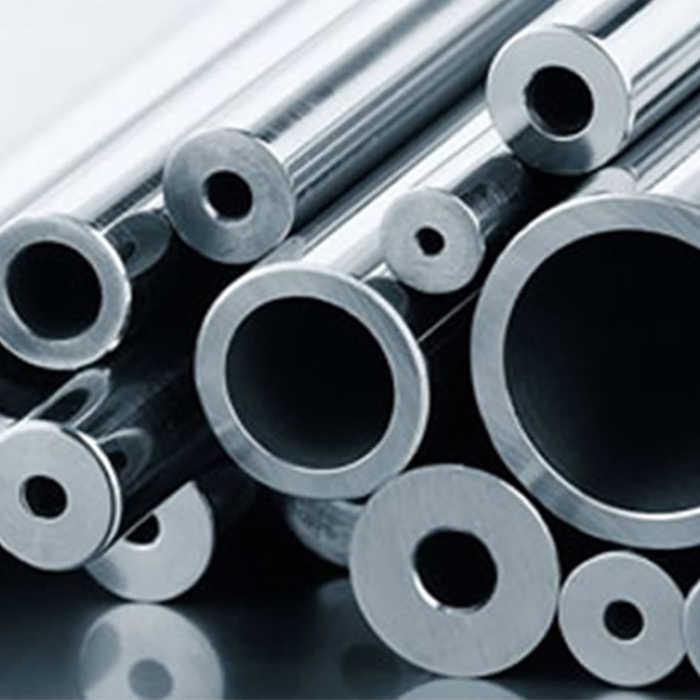

Steel Materials
Steel is an alloy of iron and carbon and other elements. Because of its high tensile strength and low cost.
The properties that need to be considered by designers when specifying steel construction products are
 Strength.
Strength. Toughness.
Toughness. Ductility.
Ductility. Weldability.
Weldability. Durability.
Durability.
Steel Pipes
Steel pipes are long, hollow tubes that are used for a variety of purposes. They are produced by two distinct methods which result in either a welded or seamless pipe. In both methods, raw steel is first cast into a more workable starting form. It is then made into a pipe by stretching the steel out into a seamless tube or forcing the edges together and sealing them with a weld
- Carbon steel pipes.
- Stainless steel pipes.
- Alloy steel pipes.
- Special alloys.
Flanges
A flange is an external or internal ridge, or rim (lip), for strength, as the flange of an iron beam such as an I-beam or a T-beam; or for attachment to another object, as the flange on the end of a pipe, steam cylinder, etc., or on the lens mount of a camera; or for a flange of a rail car or tram wheel. Thus flanged wheels are wheels with a flange on one side to keep the wheels from running off the rails. The term "flange" is also used for a kind of tool used to form flanges. Pipes with flanges can be assembled and disassembled easily.
- Carbon steel flanges.
- Stainless steel flanges.
- Alloy steel flanges.
- Special alloy flanges.
Valves
A valve is a device that regulates, directs or controls the flow of a fluid (gases, liquids, fluidized solids, or slurries) by opening, closing, or partially obstructing various passageways. Valves are technically fittings, but are usually discussed as a separate category. In an open valve, fluid flows in a direction from higher pressure to lower pressure. The word is derived from the Latin valva, the moving part of a door, in turn from volvere, to turn, roll.
- Carbon steel valves.
- Stainless steel valves.
- Alloy steel valves.
- Special alloy valves.
Steel bar
The strength, versatility, and affordability of steel bar make it one of the most widely used manufacturing/construction materials in the world. Industrial Metal Supply offers both hot rolled steel bar and cold rolled steel bar, in a variety of profiles and diameters; cut-to-length service is available to give you the perfect steel bar for your specific application.
- Hex bar.
- Square bar.
- Round bar.
- Steel bar.
Pipe fitting Tubings
A fitting is used in pipe systems to connect the straight pipe or tubing sections, adapt to different sizes or shapes and for other purposes, such as regulating (or measuring) fluid flow. "Plumbing" is generally used to describe the conveyance of water, gas, or liquid waste in domestic or commercial environments; "piping" is often used to describe the high-performance (high-pressure, high-flow, high-temperature or hazardous-material) conveyance of fluids in specialized applications. "Tubing" is sometimes used for lighter-weight piping, especially that flexible enough to be supplied in coiled form.
- Carbon steel.
- Stainless steel.
- Alloy steel.
- Special alloy.
- Inconel tube.
- Seamless tube.
Plates
Steel is an alloy of iron and carbon, and sometimes other elements. Because of its high tensile strength and low cost, it is a major component used in buildings, infrastructure, tools, ships, automobiles, machines, appliances, and weapons. Iron is the base metal of steel. Iron is able to take on two crystalline forms (allotropic forms), body centered cubic and face centered cubic, depending on its temperature. In the body-centered cubic arrangement, there is an iron atom in the center and eight atoms at the vertices of each cubic unit cell; in the face-centered cubic, there is one atom at the center of each of the six faces of the cubic unit cell and eight atoms at its vertices. It is the interaction of the allotropes of iron with the alloying elements, primarily carbon, that gives steel and cast iron their range of unique properties.
- Carbon steel plates.
- Stainless steel plates.
- Alloy steel plates.
- Special alloy plates.
Sheets
Sheet metal is metal formed by an industrial process into thin, flat pieces. Sheet metal is one of the fundamental forms used in metalworking and it can be cut and bent into a variety of shapes. Countless everyday objects are fabricated from sheet metal. Thicknesses can vary significantly; extremely thin sheets are considered foil or leaf, and pieces thicker than 6 mm (0.25 in) are considered plate steel or "structural steel."
Sheet metal is available in flat pieces or coiled strips. The coils are formed by running a continuous sheet of metal through a roll slitter..
